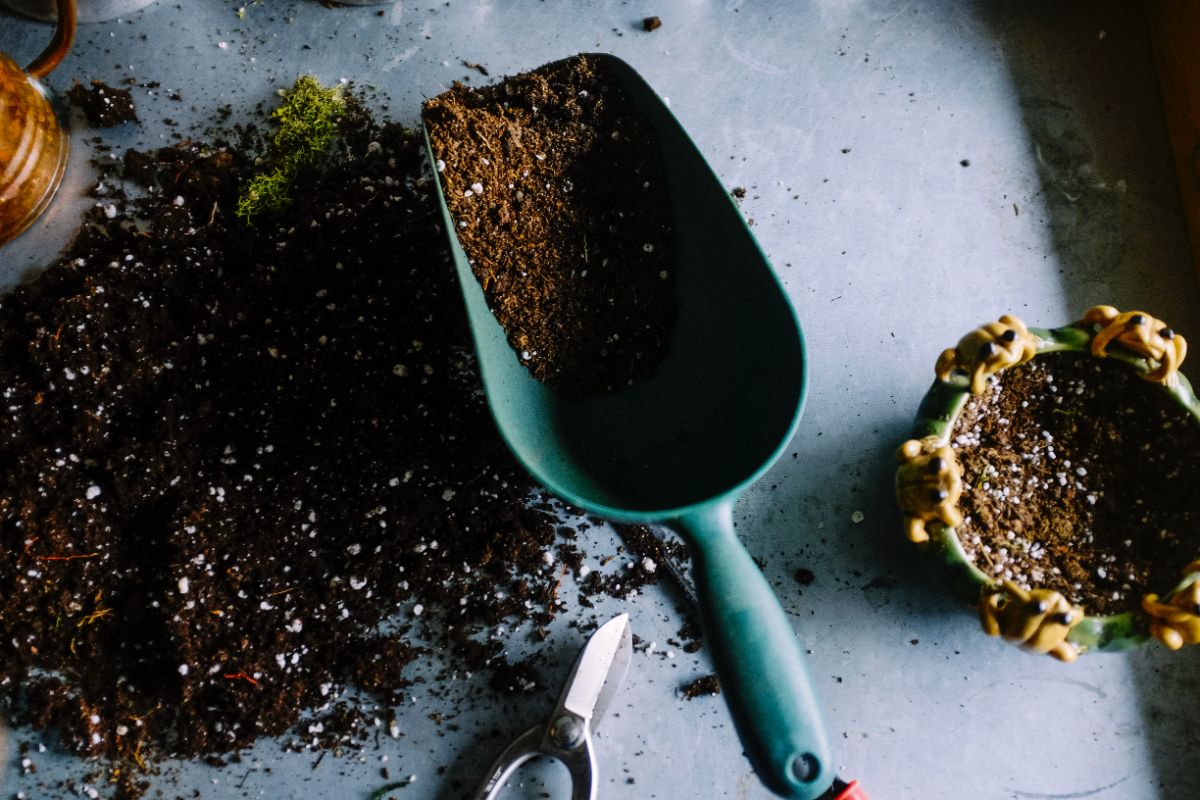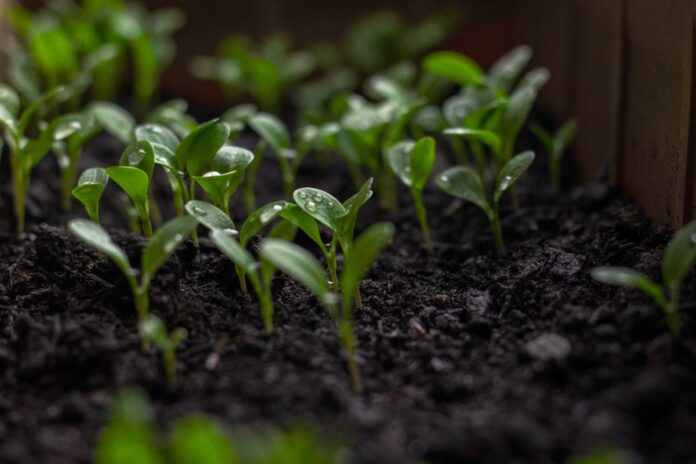Cannabis cultivation is an art, and like all great artists, cannabis growers know that the canvas – in this case, the soil – is the most important. The soil is the bedrock of your cannabis plants, influencing everything from nutrient absorption to root health. The quality and type of soil can significantly influence the health, yield, and potency of the cannabis plant. So, let’s get to understanding the best soil for cannabis cultivation.
The Soil Mixture: Why It Matters
Think of soil as the orchestra pit for your cannabis plants. Just as every instrument in an orchestra contributes to the overall performance, each component of the soil plays a vital role in the growth story of your cannabis. The soil is not just a placeholder; it’s a dynamic environment where water, nutrients, and air come together to nurture the plant. A harmonious soil environment ensures that your cannabis plants can breathe, absorb nutrients efficiently, and develop a robust root system, which is the foundation of a healthy plant.
What Makes a Good Cannabis Soil?
- Texture: Cannabis prefers a light and loose soil texture. This kind of texture promotes root development and ensures more oxygen reaches the roots, which is essential for optimal growth and health.
- Drainage Ability: Good drainage is vital. When you water your plants, the water shouldn’t pool on top of the soil. Poor drainage can lead to various plant diseases and can even kill your plants.
- Water Retention: While drainage is essential, the soil should also be able to retain some moisture. A balance between water retention and drainage ensures the roots get enough water without becoming waterlogged.
- pH Value: The pH level of the soil can significantly affect cannabis growth. Cannabis thrives in a slightly acidic environment, with a pH of around 6.0. A range of 5.8–6.3 is acceptable, but anything outside this can hinder growth and even harm the plants.
- Nutrients: Cannabis requires various nutrients to grow. Most commercial soils come pre-fertilized, but these nutrients typically last only 3–4 weeks. After this, you’ll need to add nutrients, especially during the flowering stage. If you’re growing organically, your soil should contain organic substances like humus, compost, worm castings, and guano. These substances are broken down by microorganisms in the soil, providing essential nutrients to the plants.
Store-bought Vs. Homemade Soil
When you think of soil, a pre-mixed plastic bag often comes to mind. It’s tempting to spend $20-$30 for a bag to kickstart your cannabis cultivation.
Many of these pre-mixed super soils are organic and serve as an excellent foundation for beginners. However, as you gain experience, you might want to experiment with making your own soil mixtures.
Crafting your soil can be equally cost-effective and enlightening. It offers insights into soil science and the impact of various soil components on cannabis growth.
An organic super soil is teeming with life. To illustrate, a shot glass filled with proper organic soil has more living organisms than the human population on Earth!
Each organism plays a unique role in the soil food web, making it almost self-sustaining. This intricate web can convert and provide essential nutrients to your plants, often requiring just water addition.
Types of Soil for Cannabis Cultivation
Depending on the specific needs of your cannabis strain and the environmental conditions of your grow area, you might opt for one of several soil types:
- Loam Soil: Often dubbed the ‘cannabis favorite,’ loam soil is a balanced mix of sand, silt, and clay. It’s like the all-rounder in a cricket team, offering good drainage, moisture retention, and aeration.
- Sandy Soil: Think of this as the free spirit of soils. Its large particles ensure great drainage, making it a top pick for areas with heavy rainfall.
- Clay Soil: The retentive one in the group, clay soil holds onto water and nutrients thanks to its tiny particles. While it can be a bit heavy-handed with moisture, a touch of organic matter can make it just right for cannabis.
- Silt Soil: This soil is the middle child, balancing moisture retention with decent drainage. It’s nutrient-rich and can be tweaked with some amendments for better aeration.
- Peat Soil: The moisture enthusiast of the lot, peat soil is all about retaining water. While it’s a common choice for potting mixes, it might need a nutrient boost for cannabis cultivation,
Building Organic Soil for Cannabis

- Know Your Soil: Before enhancing the soil, understand its current state. Commercially bought soil usually lists its ingredients and available nutrients. For garden soil or soil from other sources, consider a soil test to determine its nutrient content. Physical examination can also reveal its texture, moisture retention capability, and presence of beneficial organisms.
- Incorporate the Right Soil Amendments: Based on your soil’s nutrient levels and texture, it’s time to add necessary soil amendments. The primary nutrients for plants are Nitrogen (N), Phosphorus (P), and Potassium (K). Various sources, such as worm castings, crustacean meal, and bat guano, can enrich the soil with these nutrients. Additionally, consider amendments that modify the soil’s density, airflow, and water retention capacity.
- Mix Your Soil: Once you’ve added the amendments, ensure thorough mixing. Water the soil intermittently until it feels cool to touch, indicating its readiness for planting.
- Prepare for the Next Season: Post-harvest, remove plant remnants and introduce a cover crop to preserve the soil during off-seasons. This step ensures the soil remains nutrient-rich and ready for the next cultivation cycle.
A Simple Super Soil Recipe for Cannabis
- Base Mix: Start with equal parts of compost, organic material, and aeration. This base should constitute about 20% of your mix’s total volume.
- Fungal Population: Fungi form symbiotic relationships with plant roots. To promote fungal growth, consider adding kelp meal, humic acid, and mycorrhizal inoculant.
- Bacterial Population: Bacteria help break down complex sugars into nutrients for cannabis. Vermicompost and bat guano are excellent bacterial sources.
- Micro and Macronutrient Sources: Cannabis requires a range of nutrients. While many are provided via plant fertilizers, organic super soils incorporate them into the base mix. This slow release ensures plants receive nutrients over time.
Improving Soil Quality
If your natural soil isn’t ideal for cannabis cultivation, you can improve it with amendments:
- Coco Coir: Made from coconut husks, coco coir is excellent for water retention and can lighten compact soils.
- Perlite: This is a popular soil amendment that improves drainage and soil airiness. It also has decent water retention.
- Clay Pebbles: These can enhance soil structure, assist with drainage, and even act as a mulch to trap moisture.
- Vermiculite: Similar to perlite but used to increase water retention.
- Worm Castings: These improve texture, drainage, and water retention while providing essential nutrients.
Amendments for Arid/Drought Conditions
If you’re growing in a hot, dry climate, it’s essential to protect your plants’ root zone. Using white plastic containers can help keep the soil temperature reasonable.
Additionally, you can also apply mulching to help with the harsh climate. By adding a layer of dry straw as mulch to your soil, you’re providing a protective shield against the sun’s intensity and helping to stabilize the soil’s temperature.
And if the dry season stretches on longer than expected? Consider incorporating water-absorbent polymers into your soil mix. They act like mini water storage tanks, ensuring your plants remain hydrated even when the skies stay clear
No-till Cultivation
This method involves leaving the soil undisturbed, allowing microorganisms to thrive and replenish the soil with beneficial bacteria and other organisms. This approach promotes organic matter retention and water absorption.
Wrapping Up
Crafting your own soil is a rewarding task. It not only deepens your understanding of gardening but also reduces the need for liquid nutrient feeding. Plus, by understanding the needs of your cannabis plants and adjusting your soil accordingly, you can optimize your grow and produce healthy, robust plants. Over time, as you refine your soil mix, you’ll notice improved yields and flavors in your cannabis crop.


